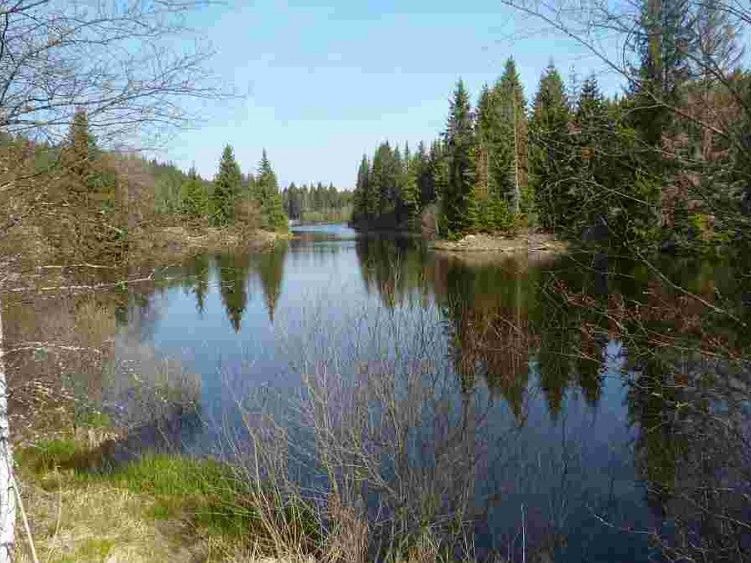Unveiling life strategies of selected groups of planktonic Betaproteobacteria in relationship to carbon flow to higher trophic levels
Principal investigator: prof. RNDr. Karel Šimek, CSc.
(Co)investigator from the Department: Karel Šimek
Duration: 2013 - 2017
Project goals:
- To measure growth potential of relevant isolated strains, or genus-like taxa of the target bacteria by exploiting specifically designed in situ experiments in several habitats during different phases of plankton succession.
- To establish the nutritive value of the representative strains for natural HNF communities when these bacteria are fed as the dominant food source; detecting of HNF growth parameters and biomass yield related to a particular prey item.
- To characterize intra-genus and intra-species diversity in ecophysiological and genomic traits of the target bacteria, based on experimental tests (growth and prey quality parameters) and genome analysis of closely related bacteria.
- To reveal if rate-specific differences in carbon-flow to higher trophic levels, which are expected between Limnohabitans and Polynucleobacter C-subcluster, can be linked to qualitative (e.g., gene content) or quantitative (e.g. genome size, gene families, functional groups of genes) genome traits.
- To suggest important features of life strategies of the target bacterial groups that will contribute to refinements of life strategy concepts applicable for representative freshwater bacteria.
Project description:
We propose investigations of life strategies related to genomic and ecophysiological traits of representative strains of the key groups of freshwater Betaproteobacteria, i.e. the genera Limnohabitans and Polynucleobacter, with contrasting lifestyles and frequently also different habitat preferences. We hypothesize that strains affiliated with these abundant groups differ in growth potential and grazing-induced mortality in situ, thus modulating the role of the groups in carbon flow to higher trophic levels. Notably, a large collection of representative strains from both groups is available that facilitates examination of diversity in ecophysiologic and genomic traits of these bacteria. Specific in situ experimental designs are proposed for testing of ecophysiological characteristics of the bacteria and estimating of their taxon-specific roles in carbon transfer to bacterivorous flagellates in five different habitats. Important new insights into distinct bacterial lifestyles are assumed, including implications for refinement of existing concepts of bacterial life strategies.
